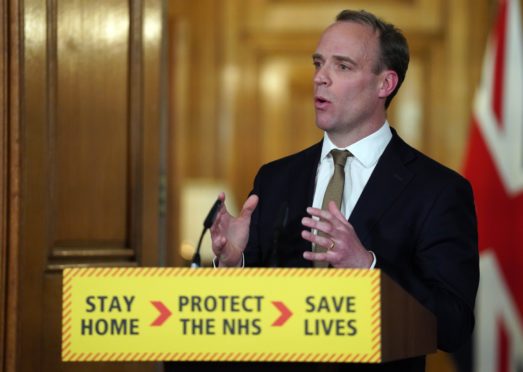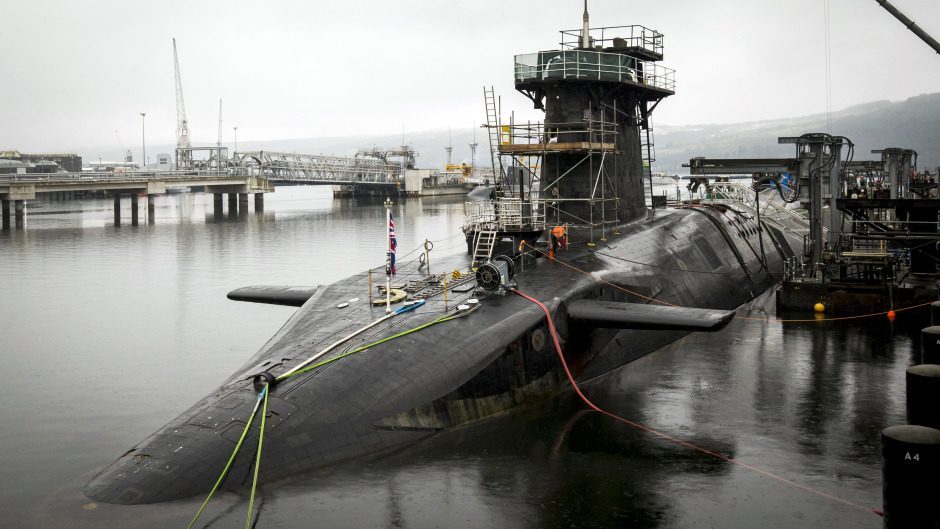Foreign Secretary Dominic Raab has been charged with leading the UK’s response to the coronavirus pandemic, after Boris Johnson was rushed to intensive care on Monday night.
Mr Raab, 46, has been asked to take over Mr Johnson’s responsibilities “where necessary” while the prime minister remains in hospital.
But what happens if Mr Johnson is incapacitated for a long period? We answer the key questions.
Is Dominic Raab now our ‘acting prime minister’?
In practice, yes, but in reality due to the UK’s unwritten constitution it is difficult to say. While political parties have the ability to appoint an ‘acting leader’ if the leader resigns or is incapacitated, there is no formal ‘acting prime minister’ role.
According to the Institute for Government think tank, a person would remain prime minister until they chose to resign or if their cabinet forced them out.
How in practice will the UK Government operate, then?
Mr Raab will chair the government’s daily Covid-19 meetings, cabinet and Cobra and will make final decisions about the response effort, but he will lean heavily on other cabinet ministers.
As first secretary of state, Mr Raab is the “first among equals” but unlike the prime minister he will rely more heavily on cabinet sign-off.
What powers does he have?
Mr Raab could make recommendations to the Queen on appointments to the senior judiciary and to high-ranking positions in the Church of England, but it is harder to imagine him conducting a cabinet reshuffle – even though, formally, it seems he ought to have that power.
On matters of war and national security, the prime minister’s official spokesman explained that Mr Raab, in conjunction with the cabinet, would have the “ability to respond” if the UK was attacked while Mr Johnson remained out of action.
The spokesman said: “In relation to national security matters the First SoS and the cabinet have the authority and ability to respond in the PM’s absence.”
What about a nuclear strike?
Any new prime minister is asked to write “the last resort letters”, which are a set of instructions for the commanding officers of the Royal Navy’s Vanguard class ballistic missile-carrying submarines. They are only to be opened in the event that chain of command is lost in a nuclear attack.
Asked if Mr Johnson’s letters will be replaced with letters from Mr Raab, the prime minister’s spokesman said no because “the prime minister remains the prime minister.”
What happens if Mr Raab becomes ill too?
The UK’s chain of command stands in contrast to the United States, where it is set out in the constitution.
As the coronavirus outbreak escalated, Downing Street foresaw the potential constitutional dilemma and began drawing up a “designated successor” plan” with Mr Raab nominated as first recipient.
If Mr Raab becomes too ill to continue in his role, Number 10 has said there is a clear line of succession through the most senior ministers with Chancellor Rishi Sunak next, then Home Secretary Priti Patel, Cabinet Office minister Michael Gove, Justice Secretary Robert Buckland and so on.





